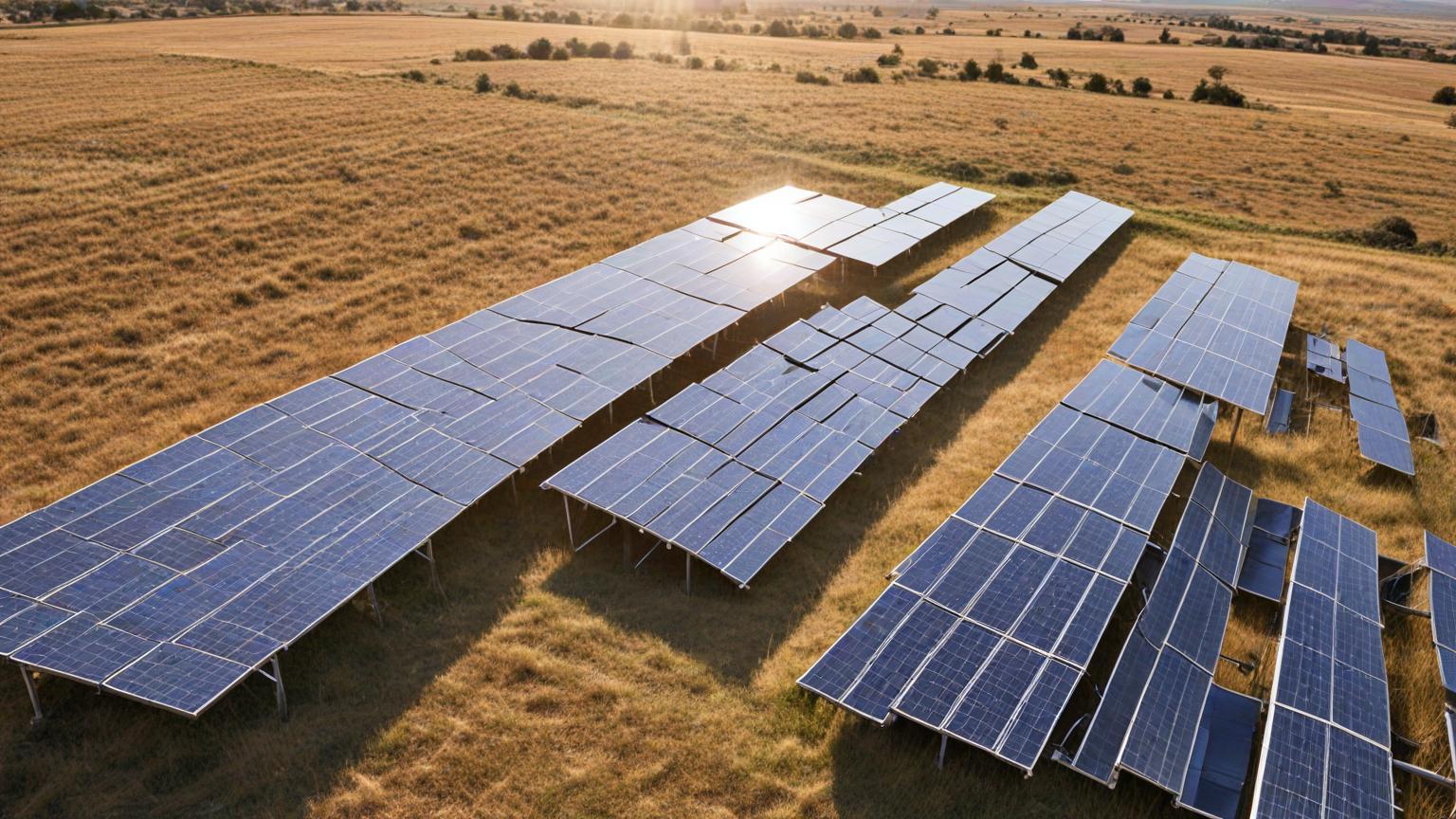The solar industry is burgeoning with groundbreaking technological advancements, redefining how we harness the power of the sun. These innovations promise not just efficiency but a whole new paradigm in clean energy production.
To start with, bifacial solar panels are gaining traction. Unlike traditional panels that capture sunlight on only one side, bifacial technology absorbs sunlight from both sides. Essentially, they're doubling the amount of power captured and promising near-revolutionary efficiency boosts. Imagine every solar field doubling its output simply by flipping the tech. With better efficiency, the barriers to solar power in regions with less direct sunlight may diminish, making solar a viable option globally.
Meanwhile, perovskite solar cells are creating waves due to their unconventional materials and exceptionally low production costs. While they're still in the experimental phase, the potential is immense. Research is showing promising strides in improving their stability and longevity. Could perovskite cells be the golden ticket to mass-produced solar energy? It's looking more possible by the day.
But it’s not just the solar cells getting a makeover; solar storage solutions are right up there in the innovation lineup. The idea is straightforward yet complex: store solar energy effectively for use when the sun isn’t shining. Lithium-ion batteries have been at the forefront, but solid-state batteries and next-gen battery tech are proving they might give them a run for their money. Companies are investing heavily in R&D, keen to solve one of renewable energy's biggest challenges.
Yet, even with all these advancements, looming questions around sustainability and the environmental impact of solar panel production remain. Recent initiatives are exploring new ways to recycle old panels and make the production process less harmful. Environmental responsibility in solar technology isn’t just a bonus; it's swiftly becoming a mandate.
Solar tracking systems are the unsung heroes in this narrative. Picture a field of solar panels that turn and tilt like sunflowers, optimizing their angle to catch every precious ray. Tracking technology has already proven it can significantly increase energy production. It's an efficient, smart solution that even small, residential setups can benefit from.
The residential solar market is set to experience a wave thanks to community solar projects. This innovative model allows people who can’t afford or host solar panels on their property to buy into shared solar farms. It’s democratizing access to clean energy and spreading its benefits to urban dwellers and communities that remain outside the private solar grid.
Implementation of smart grid technologies alongside solar installations is another promising trend. Integrating these systems within urban infrastructures serves dual purposes—modernizing grids and making them more adaptable to the diversified energy sources of the future.
The road to a solar-powered world might be sunnier than ever. As these technologies mature and enter the market at scale, they could potentially pave the way for not just economic but also environmental resurgence. There’s cautious optimism that this energy revolution could move us closer to a zero-carbon world faster than anticipated. These innovations aren't just the stuff of a tech-savvy scientist’s dream; they are stepping stones paving the future energy landscape.
It's time for everyone, from policymakers to the average homeowner, to recognize the potential of these exciting developments, crucial for our planet’s sustainability. As the sun continues to shine, the technology to harness it better’s gearing up, proving once again that when it comes to innovation, the sky is indeed the limit.
Solar tech innovations reshaping the energy landscape

